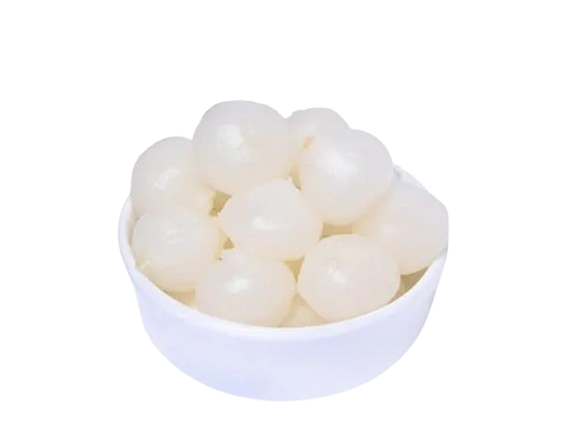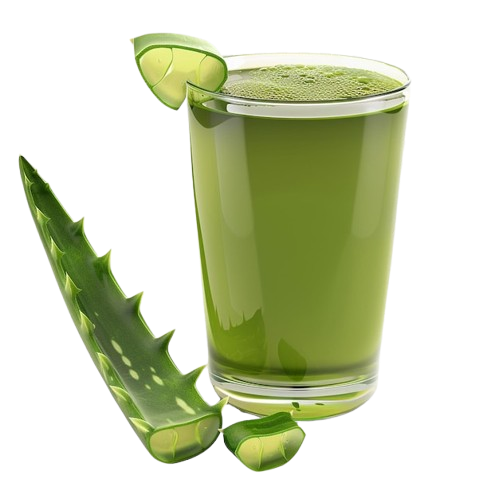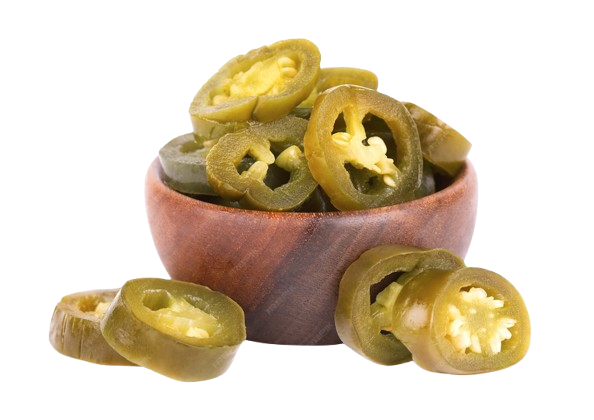
At Mahalaxmi Overseass, we believe that the Customer is our King. We, therefore, assist our clients each step of the way while exporting fruits and vegetables in India. Being one of the best vegetable exporters in India, we strictly follow all the health and safety measures of the Government of India. Mahalaxmi Overseas is the largest and most reliable vegetable exporter in India. Our processes are completely transparent and we make sure that the desired products reach their destination safe, fresh, and on time. If you are looking for vegetable imports from India, Mahalaxmi Overseas is the best choice!
About Us
Agriculture! One thing that makes us survive on this planet. An emerging company from Karnataka And Maharashtra, Mahalaxmi Overseas is a producer and supplier of premium quality agricultural products that include Gherkins, Jalapenos, Chillies, Bell Peppers, Baby Corn and Peppercorn. To ensure reliable and quality products, we prepare all our products as per the norms of Good Agricultural Practices (GAP) and Good Manufacturing Practices (GMP).

Export Quality Processed Food Manufacturers And Exporter



Organic Integrity Durable Impact Frutin's Story
Some studies suggest that organic foods may have higher levels of certain nutrients and antioxidants compared to conventionally grown foods. However, this can vary depending on factors like soil quality and growing conditions.
-
100% Non-GMO
-
No Synthetic Chemicals Used
-
Always Fresh & Natural Foods
-
Environmental Benefits
-
Sustainable farming
-
Connected with 1000 + Farmers
Fresh Look And 100% Organic

Pickled Banderillas
Pickled Banderillas are vibrant, tangy, and slightly sweet, with a crunchy texture.

Pickled Red Bell Peppers
Pickled Red Bell Peppers are vibrant, tangy, and slightly sweet, with a crunchy texture that enhances a wide variety of dishes.

Pickled Silver skin onion
Silver Skin onions are a type of small, white onion with a papery, silvery-white skin.
Our Products

















How it Works ?

Select Products
Make an inquiry

Contact you soon
Top Countries














